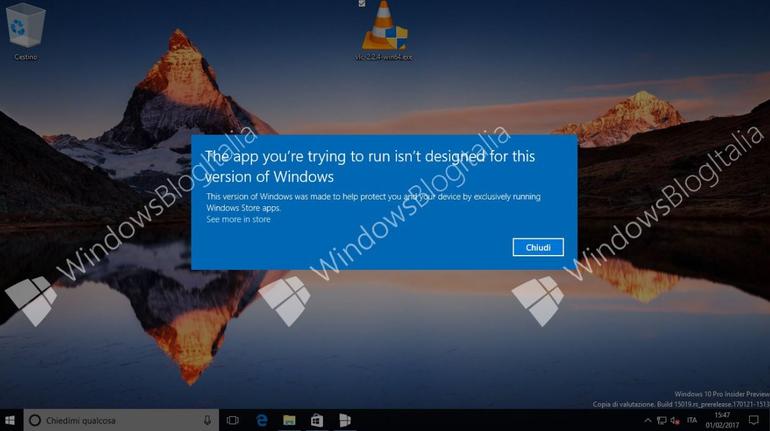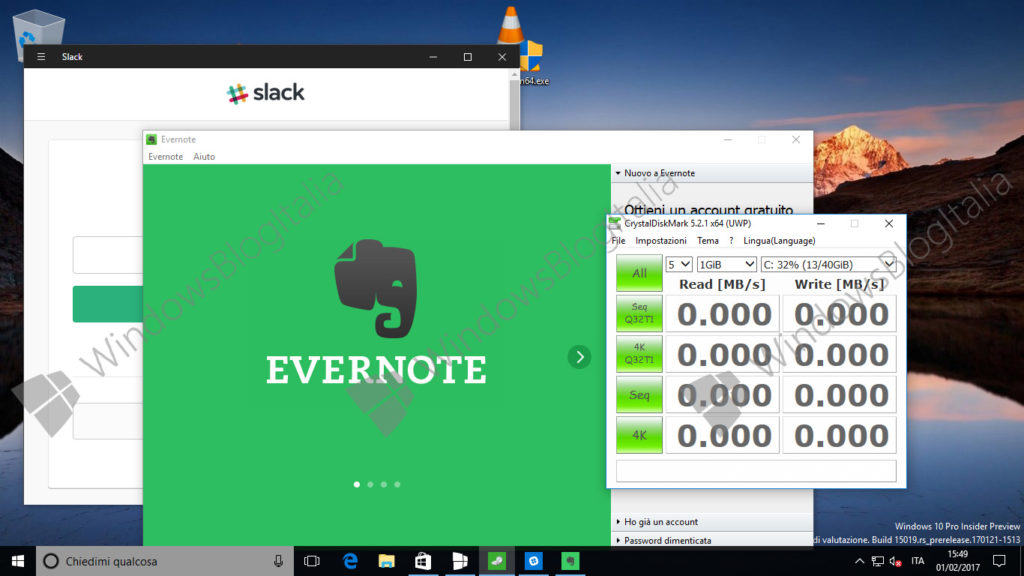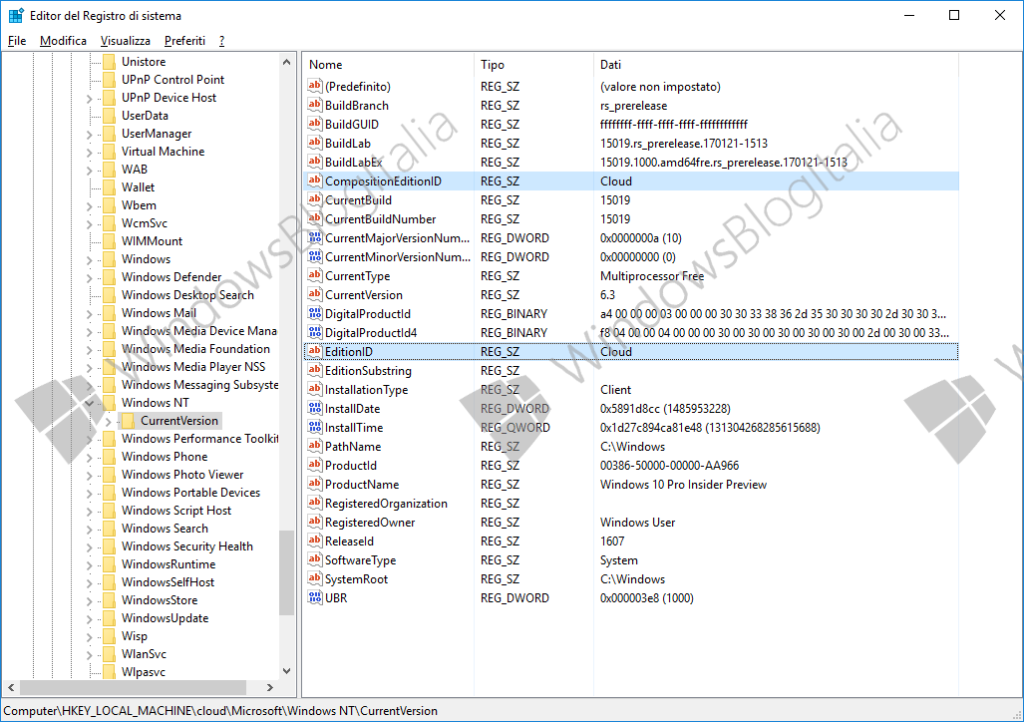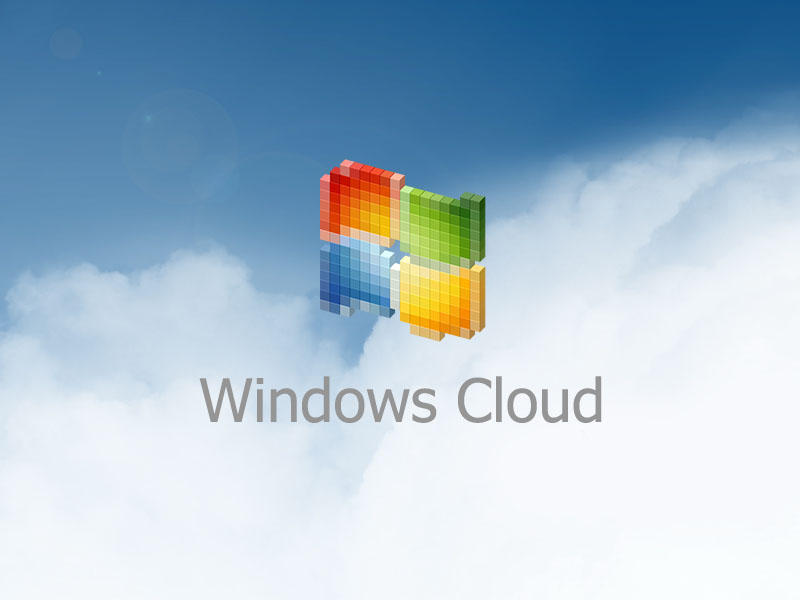Soon after a clue was discovered about the existence of a Windows 10 Cloud version of Microsoft’s latest operating system, image leaks of screenshots from the supposed Windows 10 Cloud – or, simply, Windows Cloud – have been making the rounds.

In another article earlier this week, we showed how this version of Windows 10 could effectively help Microsoft get into the low-cost notebook market and take Chromebooks head on.
What is Windows 10 Cloud?
From what we’ve seen, Windows 10 Cloud is NOT a version that runs on Azure, Microsoft’s cloud-based application hosting service. It is merely a stripped down version of Windows 10 that will only allow UWP apps to run.
News of the existence of Windows 10 Cloud only came a few days ago, but from the screenshot (if authentic), you can see that the user is running a Windows 10 Pro preview build 15019 that was released on January 27, with the build tag 10.0.15019.1000.rs prerelease.170121-1513.


The next build, 15025 came five days later, on February 1, which means that should also have a preview version of Windows 10 Cloud that you can run.
This could mean a confirmation of the existence of a Windows Cloud or Windows 10 Cloud. But what it implies is much bigger than that, and we’ve explained what that is in this article I referred to earlier:
SEE: Windows 10 Cloud, Cheaper Windows 10 OEM Licenses – a UWP Apps Move?
If these reports are accurate and reliable, it could indicate that Microsoft is getting ready to roll out the lighter version of Windows 10 this year.
Our assumption is that it won’t ever drop as a public update to general users. What is likely to happen is that Windows 10 Cloud will be reserved exclusively for OEMs and ODMs for their low-cost notebooks. A notebook running Windows 10 – even with just UWP apps – is likely to be far more attractive than a similarly priced Chromebook.
If Microsoft can grab share in that market, it’s going to take UWP to the next level. Once the devices are out in the market, the developers will come. That’s the problem that sent Windows Phone down the tubes – it had neither the range of devices nor the choice of apps. No devices, no apps, no customers.
But if Microsoft can swing the Windows 10 Cloud deal and put it through this year to device makers, developers will be guaranteed a proper user base through which they can monetize new UWP apps. It’s probably going to take a few years to gain traction, which is why the company needs to do it sooner rather than later.
Chrome OS is already breathing down the neck of macOS, and Chromebook sales actually overtook Mac sales for the first time in Q1 2016, selling an estimated unit volume of over 1.8 million devices – all Chromebooks, of course. If this continues, it’s going to be a tight fight between Chrome OS and macOS for the number two spot going forward.
With Microsoft’s Windows 10 Cloud possibly entering the notebook market, it will put pressure on the growth of Chrome OS and Chromebooks.
Thanks for reading our work! Please bookmark 1redDrop.com to keep tabs on the hottest, most happening tech and business news from around the world. On Apple News, please favorite the 1redDrop channel to get us in your news feed.



